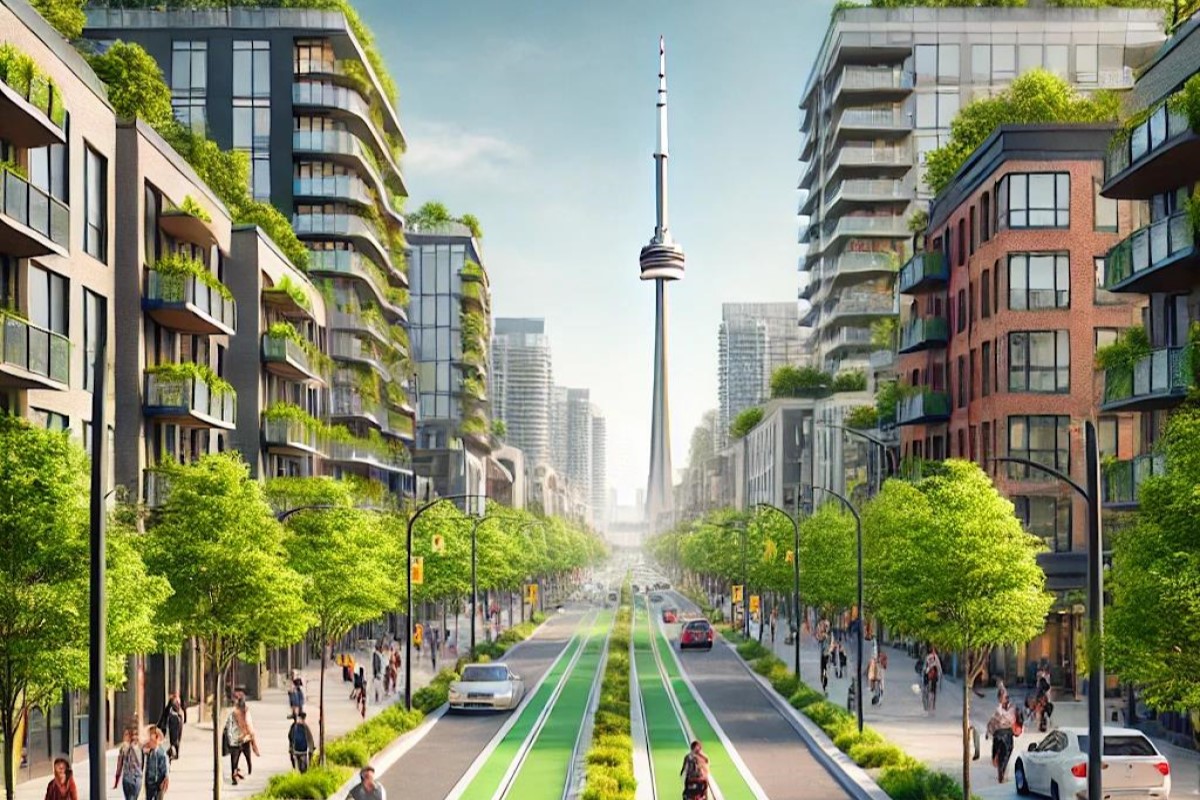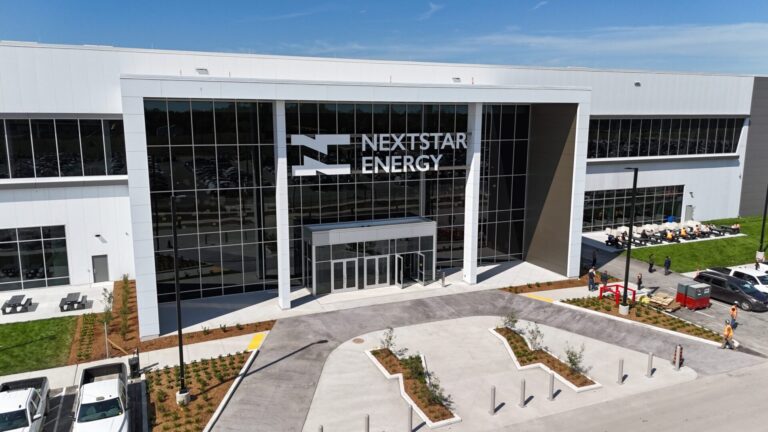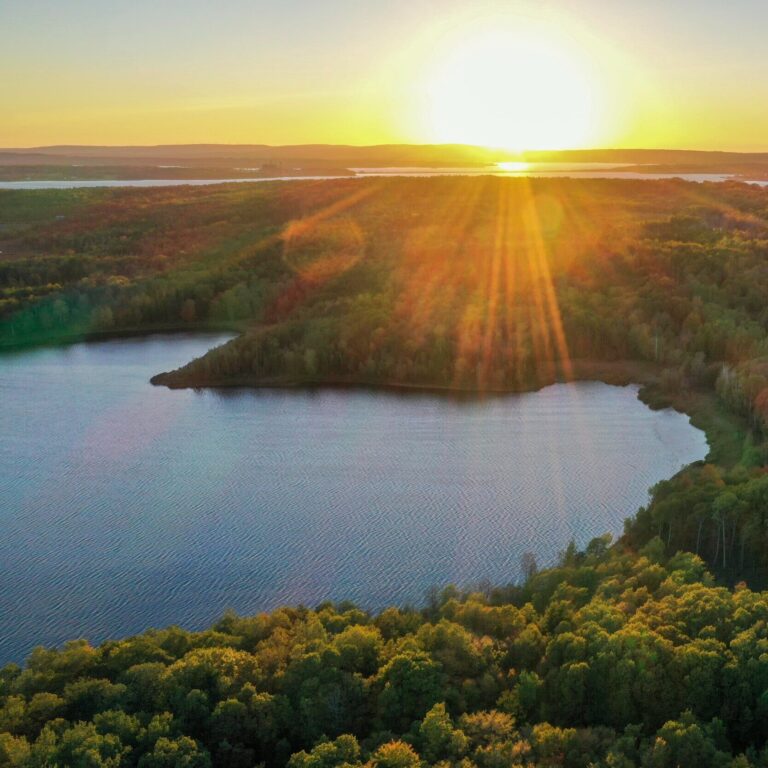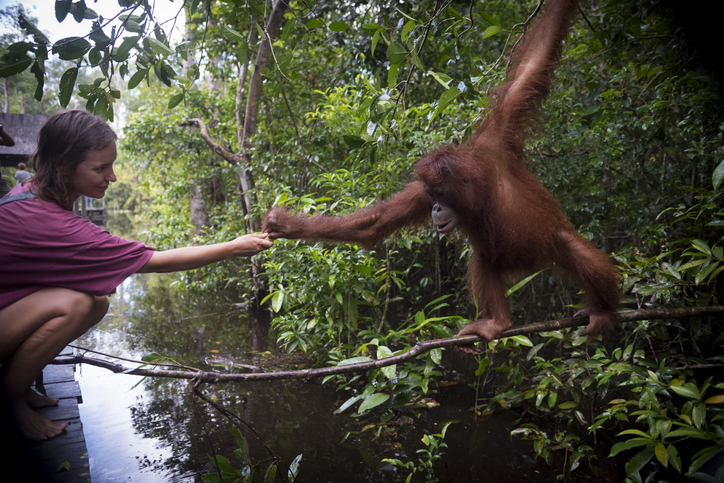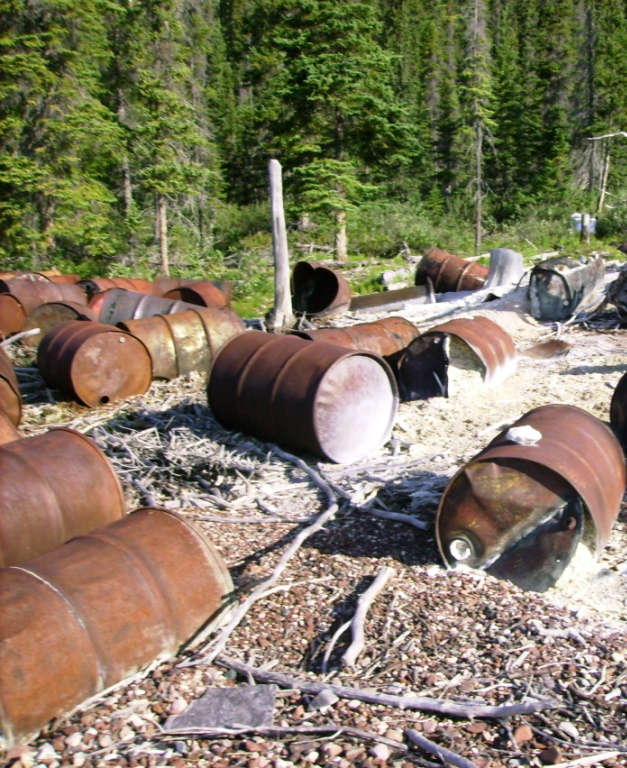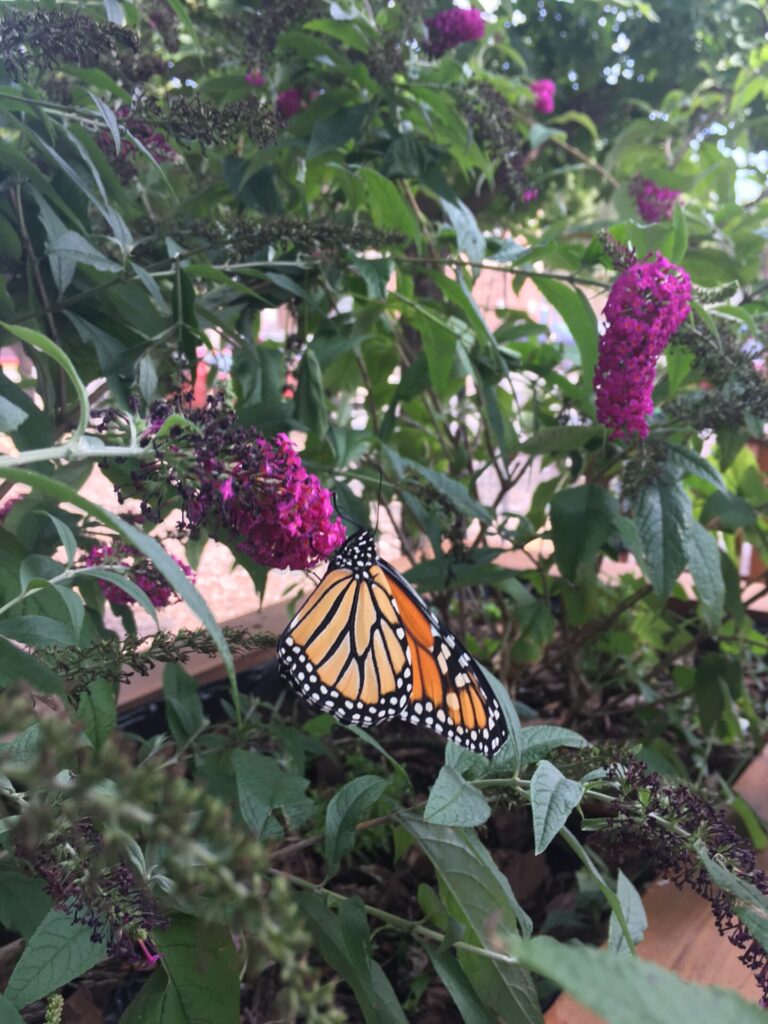Tuesday, October 7, 2025
Urbanization has reshaped cities around the world, typically pitted against ecological and landscape connectivity. Toronto’s speedy development fragmented a great deal of natural landscapes, constraining biodiversity, and exposing the city to climate change. One choice to improve landscape connectivity is urban tree canopy expansion, which contributes to both ecological health and human well-being.
My research answers the question: How can the City of Toronto expand tree canopy to improve landscape connectivity for ecological benefits related to climate resilience?
Trees are not just city beauties; they are a part of the city’s essential infrastructure. Trees give shelter to birds, insects, and small mammals, providing necessary ecological corridors where species can travel freely from one patch of greenery to another. This connectivity maintains the genetic diversity and survival of species. Vegetation provides shade, minimizes the urban heat island effect, and absorbs carbon dioxide; making urban climate change resilience possible. Tree roots absorb rainwater in excess, reducing flooding risk, and improve water quality. Trees purify contaminants from the air and make it healthier for humans and animals. Green space access is also associated with reduced stress and better mental health.
Despite these advantages, urban growth favours built infrastructure over green infrastructure, inducing habitat fragmentation and broken ecological networks. Reconnecting these fragments can be achieved through strategic enhancements of tree canopy cover; resulting in a more sustainable, livable city.
My research investigates the nexus of tree canopy quality, quantity, and health in the context of landscape connectivity. Through an analysis of how well Toronto’s existing tree cover is supporting ecological networks, I aim to identify barriers and were to consider opportunities for urban tree canopy improvement, and investigate potential policy and ecological design strategies to enhance urban tree canopy and landscape connectivity potential.
The research spans across several neighbourhoods in Toronto, comparing tree canopy coverage and its implications on landscape connectivity across various urban settings. I will use secondary data sources such as satellite images, city reports, and ecological studies to identify trends and patterns that can inform future tree-planting operations.
The study examines current urban environments, assessing tree canopy expansion efforts today and their effectiveness in promoting landscape connectivity. Policymakers and city planners now recognize the value of green infrastructure, but more research is needed to guide effective implementation. The evidence-based direction can help Toronto prioritize tree canopy expansion in ways that maximize ecological benefits for climate resilience.
As climate change intensifies, cities must take adaptive actions to mitigate its effects. Tree canopy growth is a low-technology, nature-based solution that creates climate resilience by cooling cities, capturing carbon emissions, and reducing flood risk. In addition to environmental value, tree canopy delivers better public health and more robust social connections. Toronto’s tree coverage is of critical value in terms of the ecological health and climate change resilience of the city. Improving and augmenting urban tree cover strategically is the solution to creating a more integrated, habitable, and sustainable urban environment.
My works seeks to provide useful information that will inform decision-making policymakers, environmentalists, and urban planners as they seek to forge a greener future.

Erminio Jacobelli is a graduate student in the Master of Environmental Applied Science and Management program at Toronto Metropolitan University.
Featured image credit: TMU. Reprinted with permission.




